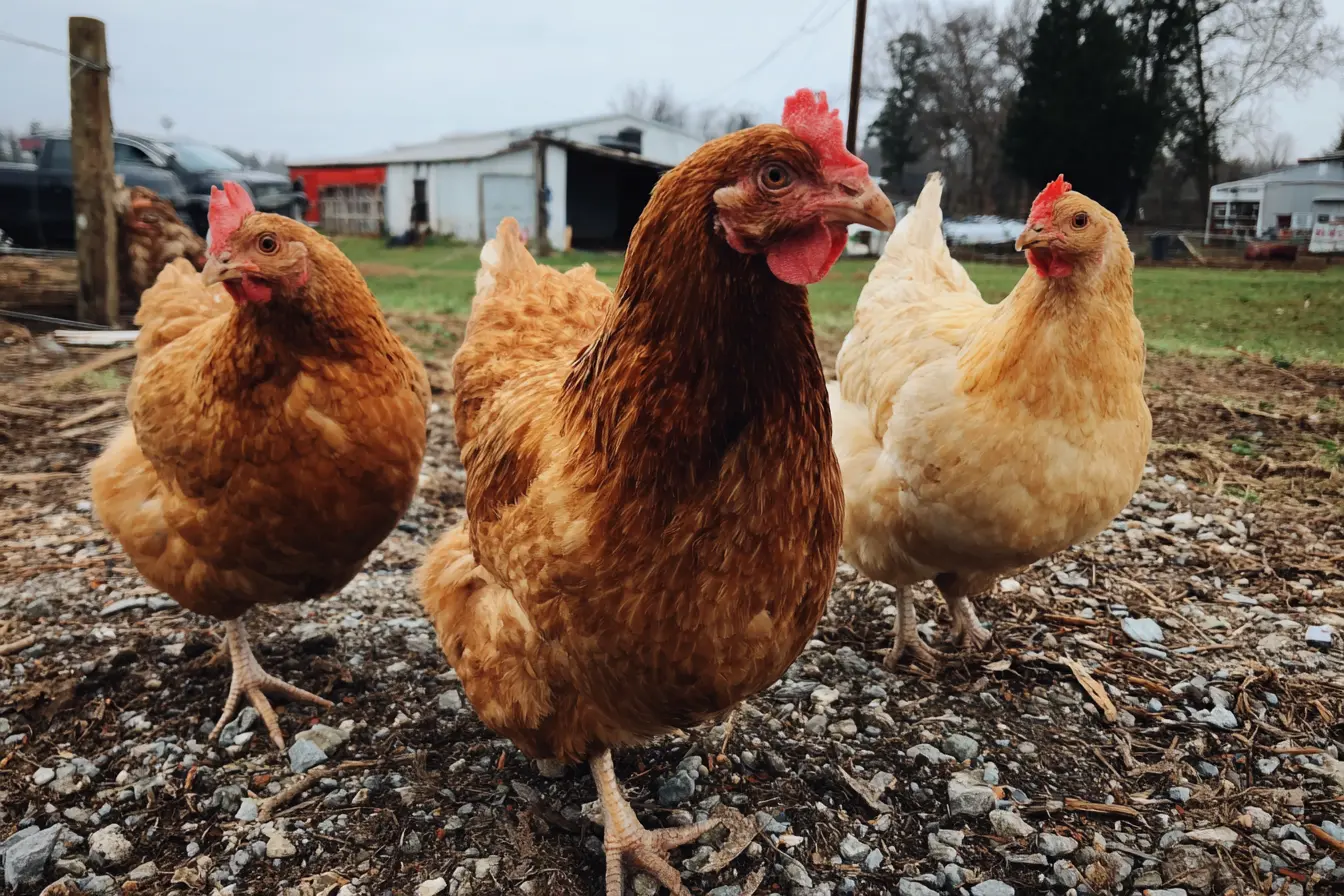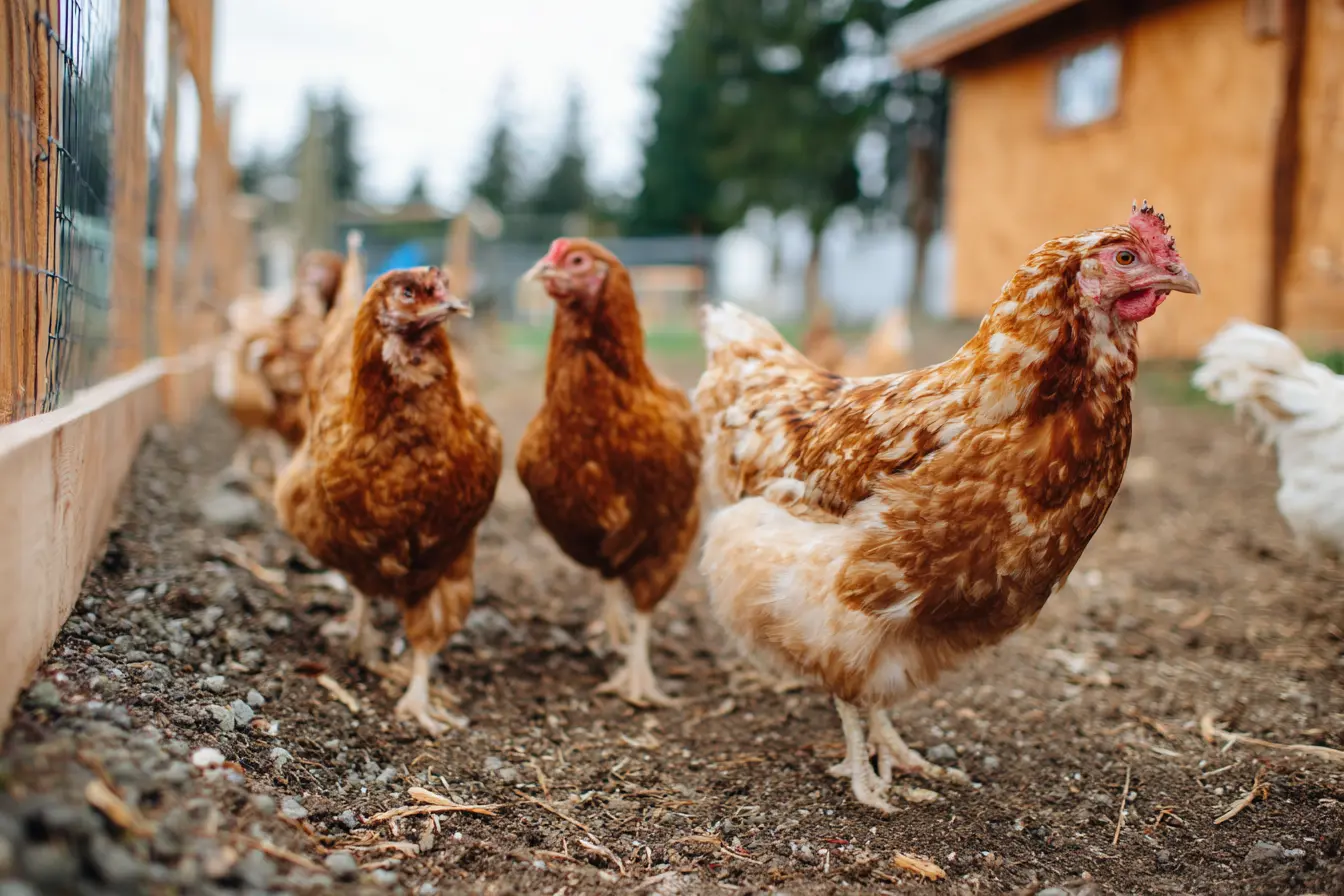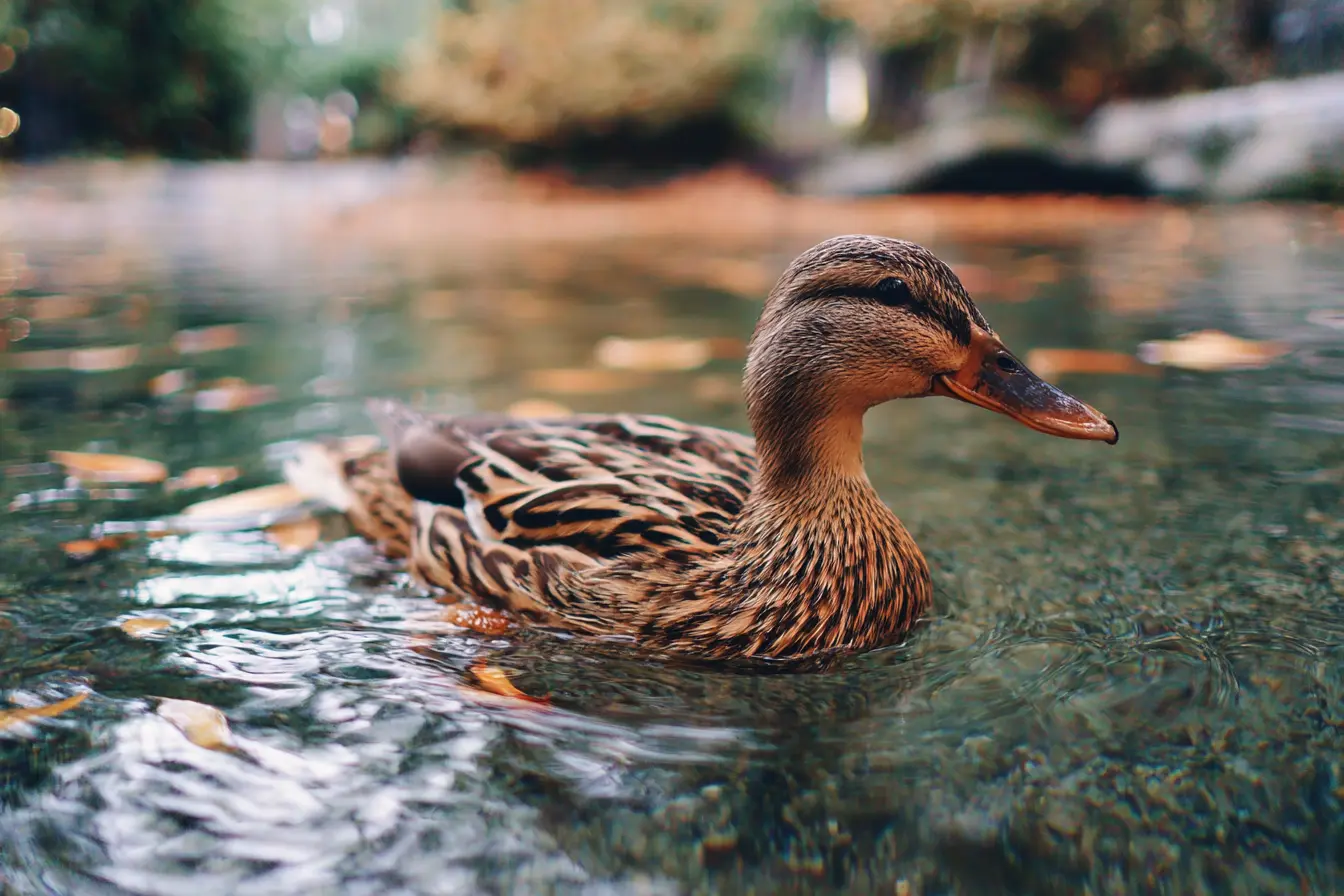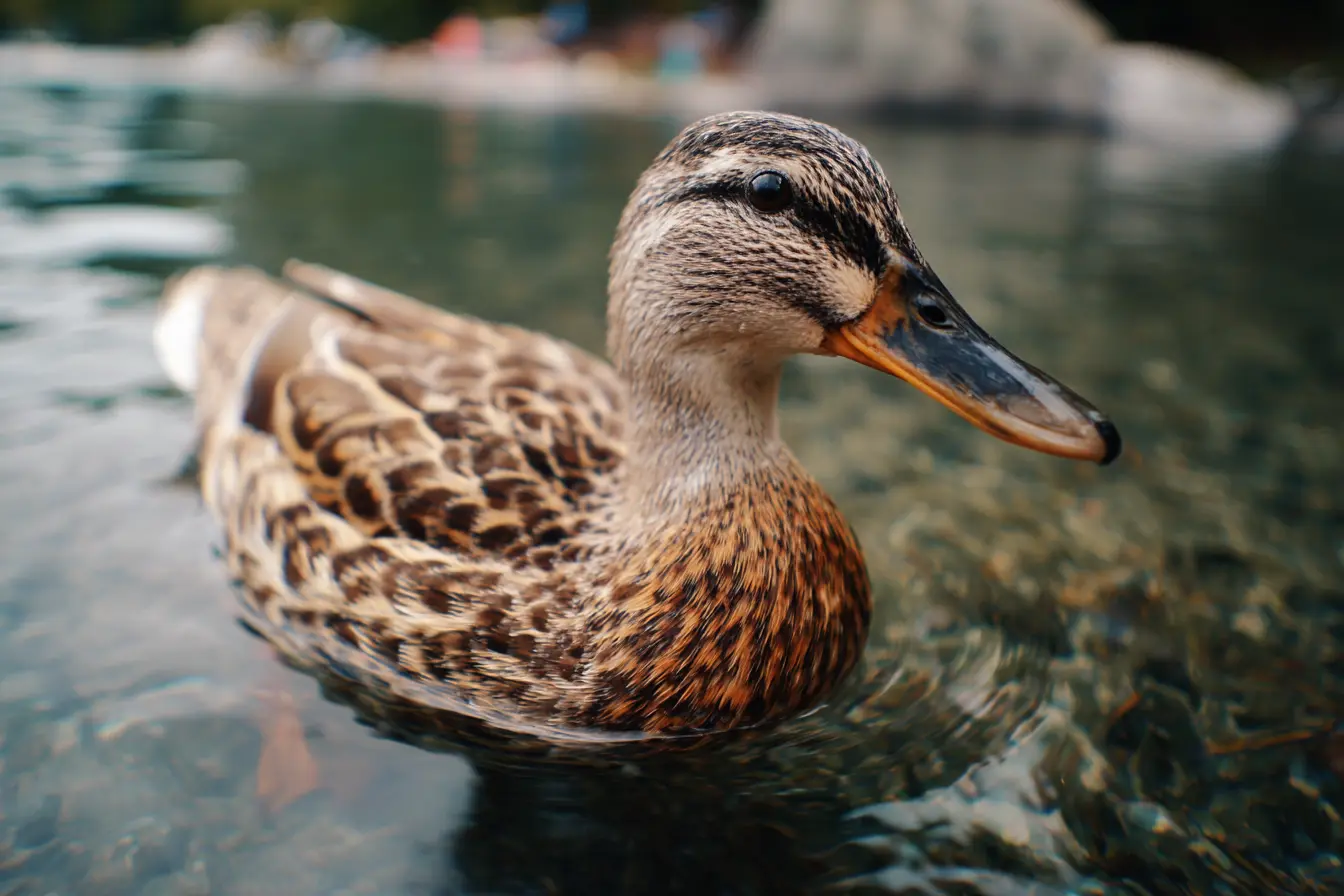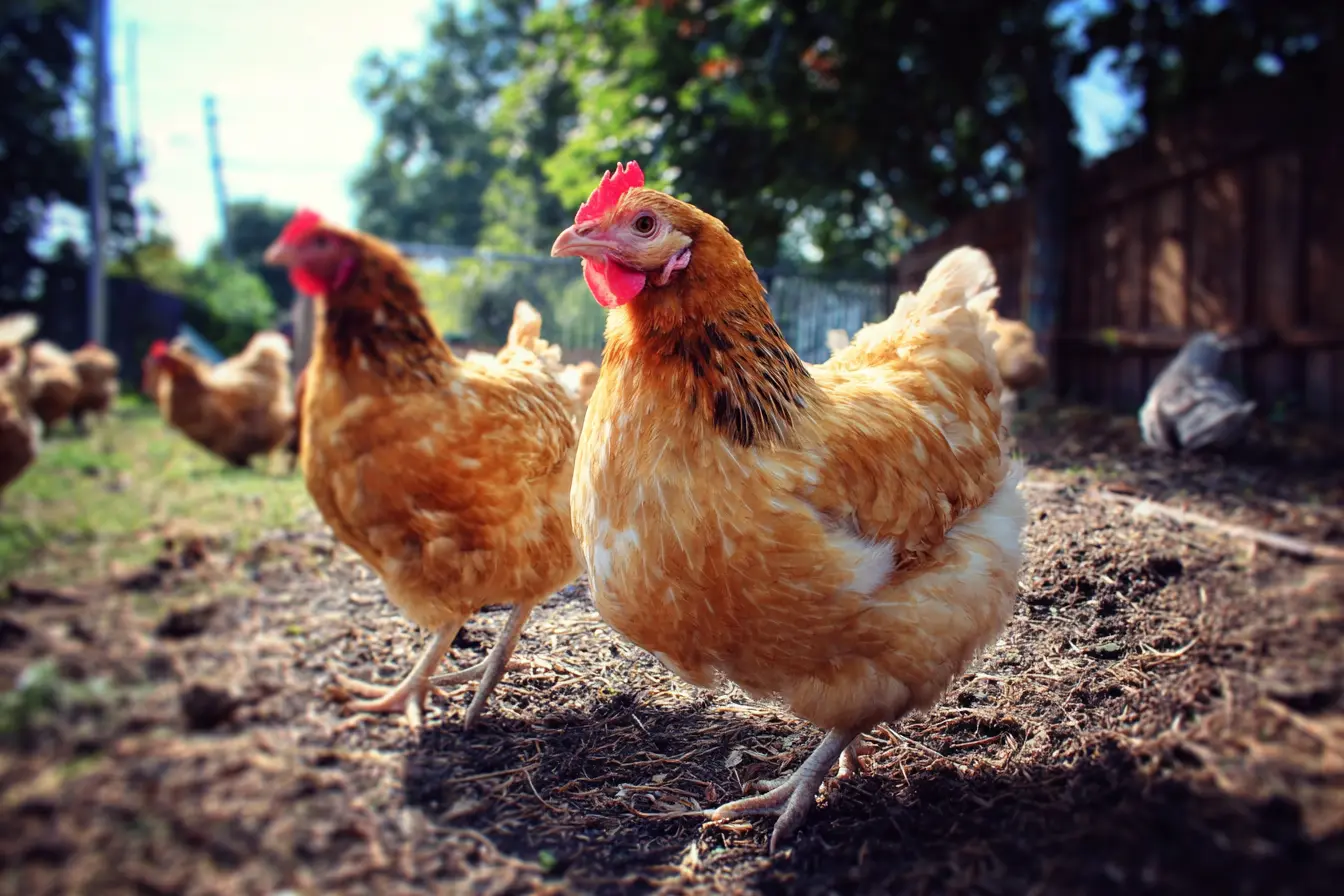
Vent Gleet in Chickens: A Complete Guide
Vent gleet, also known as cloacitis, is an uncomfortable and often persistent condition that affects the vent area of chickens. It is caused by a yeast or bacterial infection in the lower digestive and reproductive tract, leading to inflammation, discharge, and irritation. If left untreated, it can result in secondary infections, egg-laying problems, or more serious health complications.
In this post, we’ll take an in-depth look at vent gleet in chickens: its causes, symptoms, diagnosis, treatment, and how to prevent it.
What is Vent Gleet?
Vent gleet is not a disease in itself but rather a symptom of an underlying infection or imbalance. It typically results from an overgrowth of yeast, most commonly Candida albicans, though it can also involve bacterial infections. This causes inflammation of the cloaca (vent), which is the common opening for the digestive, urinary, and reproductive tracts in birds.
The condition is more common in hens but can affect roosters and other poultry species as well. It may be chronic and can flare up periodically, especially in birds with compromised immunity or poor living conditions.
Causes of Vent Gleet
Vent gleet is often caused by a combination of contributing factors, including:
- Overgrowth of yeast or fungus in the digestive tract
- Poor hygiene or damp, dirty living conditions
- Nutritional deficiencies, especially vitamin A or B
- Long-term antibiotic use that disrupts gut flora
- Parasite infestation, such as worms or mites
- Stress from overcrowding, moulting, or pecking order disputes
- Retained or broken eggs causing internal damage or infection
- Hormonal imbalances, particularly in laying hens
Once the delicate balance of bacteria and yeast in the gut is disturbed, opportunistic pathogens can take hold and cause vent inflammation and discharge.
Symptoms of Vent Gleet
Early detection of vent gleet is key to preventing serious complications. Common symptoms include:
- Swollen, red, or inflamed vent area
- White or yellow discharge from the vent
- Foul-smelling, slimy or cheesy substance around the vent
- Matted feathers around the rear
- Diarrhoea or pasty droppings
- Loss of appetite or weight loss
- Decrease in egg production or misshapen eggs
- Lethargy or general unwell appearance
In advanced cases, scabs or ulcers may form, and the infection can ascend further into the reproductive tract.
Diagnosing Vent Gleet
Diagnosis is usually based on visible symptoms and the bird’s history. A hands-on inspection will often reveal the telltale signs of discharge and inflammation around the vent.
In more persistent cases or if you suspect complications, veterinary diagnostics may include:
- Microscopic examination of discharge
- Faecal samples to rule out worms or protozoa
- Swab cultures to identify yeast or bacteria
- Blood tests in severe or systemic cases
It's important to distinguish vent gleet from other conditions like prolapse, internal laying, or cloacal injury.
Treating Vent Gleet
Treatment should be prompt and consistent. A combination of cleansing, antifungal or antibacterial treatment, and supportive care is often needed.
Clean the Vent Area
- Gently soak the vent and surrounding feathers in warm water mixed with Epsom salts or a mild antiseptic
- Carefully trim away matted feathers if necessary
- Pat dry thoroughly to prevent further irritation or fungal growth
Antifungal or Antibacterial Treatment
- Apply an antifungal cream (such as clotrimazole or miconazole) to the vent area daily
- In cases involving bacteria, a vet may prescribe an appropriate antibiotic ointment or oral medication
- Natural remedies like coconut oil, apple cider vinegar, or yoghurt may support healing but should not replace medical treatment for moderate to severe cases
Internal Support
- Add apple cider vinegar (5 ml per litre) to drinking water to improve gut acidity and limit yeast growth
- Provide probiotics to restore gut flora balance after antibiotic or antifungal use
- Offer high-quality layer feed with additional vitamins and minerals
Isolate the Affected Bird
- Prevent pecking from other flock members
- Monitor eating, drinking, and droppings more closely
- Ensure a warm, clean, and dry recovery area
Preventing Vent Gleet
While vent gleet can be stubborn and sometimes recurrent, good flock management can significantly reduce the risk. Key prevention strategies include:
- Maintain clean, dry bedding and nesting areas
- Regularly clean and disinfect waterers and feeders
- Provide constant access to fresh, clean water
- Avoid overuse of antibiotics and treat infections responsibly
- Include probiotics or fermented feed in the diet to support gut health
- Manage parasites through regular worming and external parasite checks
- Ensure birds have enough space and reduce environmental stress
Monitoring your hens for changes in appearance or behaviour can also help you catch problems early.
Can Vent Gleet Spread?
Vent gleet itself is not considered contagious in the way that viral infections are, but the underlying pathogens (yeast or bacteria) may spread indirectly through contaminated bedding, water, or equipment, especially in unhygienic environments. Treat infected birds promptly and maintain good biosecurity to protect the rest of the flock.
When to Call a Vet
Seek veterinary advice if:
- The bird shows signs of severe discomfort or distress
- There is no improvement after several days of treatment
- There is evidence of egg binding, internal laying, or prolapse
- The vent area is ulcerated or bleeding
- Other birds begin to show similar symptoms
Professional diagnosis can help rule out other conditions and ensure the correct treatment is administered.
Key Takeaways
- Vent gleet is an inflammation of the vent caused by yeast or bacterial infection
- Common symptoms include discharge, swelling, and a foul smell around the vent
- Treatment involves cleaning, antifungal medication, and gut support
- Prevention focuses on hygiene, diet, parasite control, and reducing stress
- Early detection and consistent care are essential for successful recovery
Final Thoughts
Vent gleet can be distressing for both bird and keeper, but it is manageable with attentive care and the right approach. By maintaining good husbandry practices and supporting your chickens’ overall health, you can reduce the likelihood of vent infections and keep your flock comfortable and productive year-round.
Vets near you
Speciality vets
- Aquatics vet specialists
- Birds vet specialists
- Camelids vet specialists
- Cats vet specialists
- Cattle vet specialists
- Deer vet specialists
- Dogs vet specialists
- Equines vet specialists
- Exotic vet specialists
- Goats vet specialists
- Pigs vet specialists
- Poultry vet specialists
- Sheep vet specialists
- Small Mammals vet specialists
- Wild vet specialists
